General Info – summary
This garden Tree prospect is up to 7m high or a shrub. Light green, soft, imparipinnate Leaves have entire margins. Rachis leaflets are spaced apart. The bicoloured, pea-like, zygomorphic, fragrant nectariferous Flowers are in racemes. Stamens: 9 joined and 1 free. The superior ovary has a capitate stigma on a bent style. The Fruit is a cylindrical pod with septa separating the individual 8-10 seeds.
Description
Indigofera jucunda
Previous Names: Indigofera cylindrical, Indigofera frutescens.
SA Tree No. 226.4.
Common names: (Afr) Pronkverfbos, Pronk-verfbos, Rivierverfbos. (Eng) Mountain Indigo, Tree indigo, River indigo, Showy Indigo. (isiXhosa) Umsipane. (isiZulu) Isiphungo, Umnukambida.
Family: Fabaceae, or Leguminosae (Pea, bean or legume family). After the Orchidaceae and the Asteraceae, the Fabaceae is the third largest Angiosperm (flowering plants) family with 700+ genera and close to 20 000 species. Local Tree genera on this website include Acacia (Vauchellia, Senegalia), Albizia, Bauhinia, Bolusanthus, Burkea, Calpurnia, Colophospermum, Cordyla, Cyclopia, Dichrostachys, Erythrina, Erythrophleum, Faidherbia, Indigofera, Mundulea, Peltophorum, Philenoptera, Piliostigma, Schotia and Xanthocercis. The Fabaceae are recognisable by their fruit and by their pinnately compound Leaves. Leaves may also be simple – even bilobed and usually have stipules – some of which may be spinescent. Leaflets are usually entire. Flowers are bisexual and bracteate. Regular flowers usually have 4-5 sepals and the same number of petals. Irregular flowers have 4-5 sepals and 5 or less petals. Stamens have anthers that have 2 pollen sacs and there are usually at least twice the number of stamens as petals – often 10. The superior Ovary has 1 locule containing 1 or more ovules. The Stigma and Style are simple. The single carpel develops into the Fruit, which is usually a pod. The fallen pods may break into segments. Seeds vary.
Name derivation: Indigofera – to bear (some species contain the dye indigo – similar to the colour of “blue jeans”). jucunda – pleasant – referring to the flowers. The genus Indigofera has over 800 species worldwide. The 210 species in the South Africa are mainly herbs.
Conservation: National Status: L C. (Least Concern). Assessment: 2005 (W. Foden and L. Potter).
Tree
The small, much-branched and graceful Tree (photo 446) is up to 7m high. It can also be a stout, even scrambling shrub. The Stem is up to 13+cm in diameter (photo 954). The greyish brown Bark has distinct vertical markings and between these, the lighter and orange underbark becomes visible (photo 39).
- 446. 2018/09/16. Kirstenbosch NBG. Photo: David Becking.
- 954. 2018/09/16. Kirstenbosch NBG. Photo: David Becking.
- 39. 2014/06/03. Walter Sisulu NBG. Photo: David Becking.
Leaves
The soft, delicate and alternately arranged Leaves are usually up to 13cm long (photo 277) on this semi deciduous plant. The leaves are imparipinnate (pinnately compound leaf ending in a single leaflet – photo 277). There are 4-7 pairs of widely spaced Leaflets along the leaf Rachis (main axis bearing flowers or leaflets). These paired leaflets are opposite or nearly so, ending in the single terminal leaflet (photo 277). Leaflets are up to 28 x 14mm, hairless above and sparsely hairy below. Leaflets are elliptic or oblong or ovate (egg shaped – photo 276) along the rachis (main axis bearing flowers or leaflets). The Apex is rounded to notched (photo 40) and may be mucronate (having an abruptly projecting point). This is just visible on photo 276. On the upper surface, the leaflets are a slightly darker green. The Base is smooth and tapering. The Margin is entire (with a continuous margin, not in any way indented). The Petiole (leaf stalk) is up to 2,4cm long. Short Petiolules (stalks of leaflets – photo 277) are present and up to 2mm long. Stipules (basal appendage of the petiole) are small.
- 40. 2014/06/03. Walter Sisulu NBG. Photo: David Becking.
- 276. 2014/06/24. Walter Sisulu NBG. Photo: David Becking.
- 277. 2014/06/24. Walter Sisulu NBG. Photo: David Becking.
Flowers
The fragrant, sweet pea-shaped and very attractive Flowers occur in large numbers in leaf axils in short – up to 5cm long Racemes (a simple elongated inflorescence with stalked flowers that open in succession towards the apex). Each flower exists on a slender, relatively long Pedicel (stalk of a single flower). Flowers are zygomorphic (irregular flower with the corolla divisible into 2 equal halves in one plane only). The Calyx has 5 Sepals. The 5 early falling Petals are slightly bicoloured: dark pink combined with pale pink, white or purple. They are sweetly scented and usually about 10mm long. The Vexillum (the standard or banner petal; the broad upper petal) is covered with fine, whitish hairs. The 2 Wing petals are brilliant pink to red and sharply contrasting but short lasting. There are 2 joined, hairy Keel petals at the base. Nine uniform Stamens are joined about two-thirds the way up their filaments forming a Staminal Tube. The tenth stamen, just below the uppermost vexillum petal, is free. Anthers are terminal, uniform and apiculate (ending in a short, sharp, flexible point). They dehisce through longitudinal slits. The Pistil (the female element of the flower, composed of the Ovary, Style and Stigma) has a superior Ovary (said of an ovary that is free from the calyx or perianth) and the Style is bent upwards and ends in a capitate (formed like a head) Stigma. The plant has a long flowering time (Dec-Apr). The sweet Nectar attracts insects – including bees, which are probably involved in pollination.
Fruit
The straight, smooth or hairy, cylindrical, and usually spirally dehiscent Fruit is a straight Pod, which is up to 50 x 4mm (photo 41). The white remains of the staminal tube (a floral tube usually formed by the fusion of the filaments in the flower) initially sheaths the young pods. Each mature reddish-brown pod and usually has 8 to 10 Seeds – each with a hard bony testa (seed coat). Septa separate the seeds within the pod. The mature pod dehisces causing the remains of the pod to spiral. A small oval Hilum (a scar on the seed coat left by the stalk by which the ovule attaches to the ovary) is also visible on the seeds. (May-Jul).
- 42. 2014/06/03. Walter Sisulu NBG. Photo: David Becking.
- 41. 2014/06/03. Walter Sisulu NBG. Photo: David Becking.
Distribution & Ecology
This plant is Endemic (restricted to a particular geographic location) in southern Africa. These plants only occur naturally in the Eastern Cape (East London to Pondoland), KwaZulu-Natal, Gauteng and Swaziland. They are often located below 1 200m, in forest margins, riverbanks, in the bushveld (a sub-tropical woodland ecoregion of southern Africa) and among rocks in grasslands. Larvae of the Peablue Butterfly (Lampides boeticus) feed on the Leaves as well as the Flowers and Pods. This attractive bluish butterfly is common in all provinces and also feeds on other genera – including Polygala. Indigofera jucunda produces a great deal of Nectar, attracting many other insects and, in return, these insects attract birds. Insects responsible for pollination include bees and the Garden Acraea butterfly (Acraea horta) with its translucent upper wings.
Ethnobotany
This is a good container plant. It grows easily from seed or cuttings and does best when planted in a sunny place. Flowers are produced after 2-3 years.
References
Boon, R. 2010. Pooley’s Trees of eastern South Africa. Flora and Fauna Publications Trust, Durban.
Coates Palgrave, M. 2002. Keith Coates Palgrave Trees of Southern Africa, edn 3. Struik, Cape Town.
Foden, W. & Potter, L. 2005. Indigofera jucunda Schrire. National Assessment: Red List of South African Plants version 2020.1. Accessed on 2023/07/25.
Lawrence, G. H. M, 1951. Taxonomy of Vascular Plants. The Macmillan Company, New York. Tenth Printing 1965.
Palmer, E. & Pitman, N. 1972. Trees of southern Africa. Balkema, Amsterdam, Cape Town.
van Wyk, B. & van Wyk, P. 1997 Field guide to Trees of Southern Africa. Struik, Cape Town.
http://www.plantzafrica.com/planthij/indigofjuc.htm
http://www.plantbook.co.za/indigofera-jucunda/.

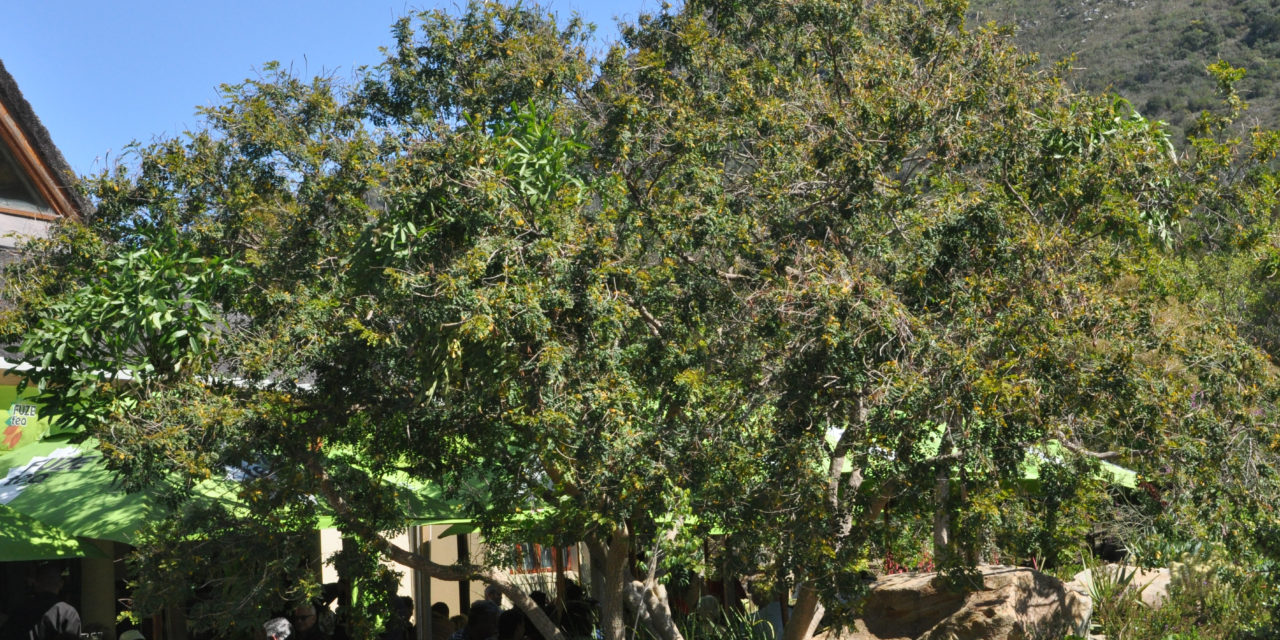

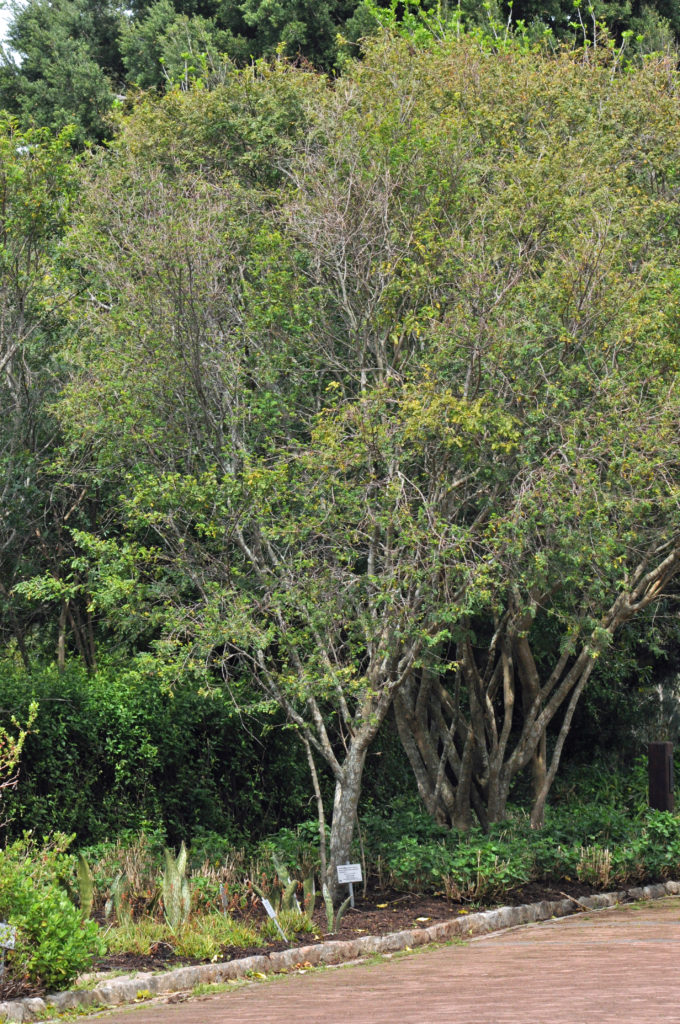
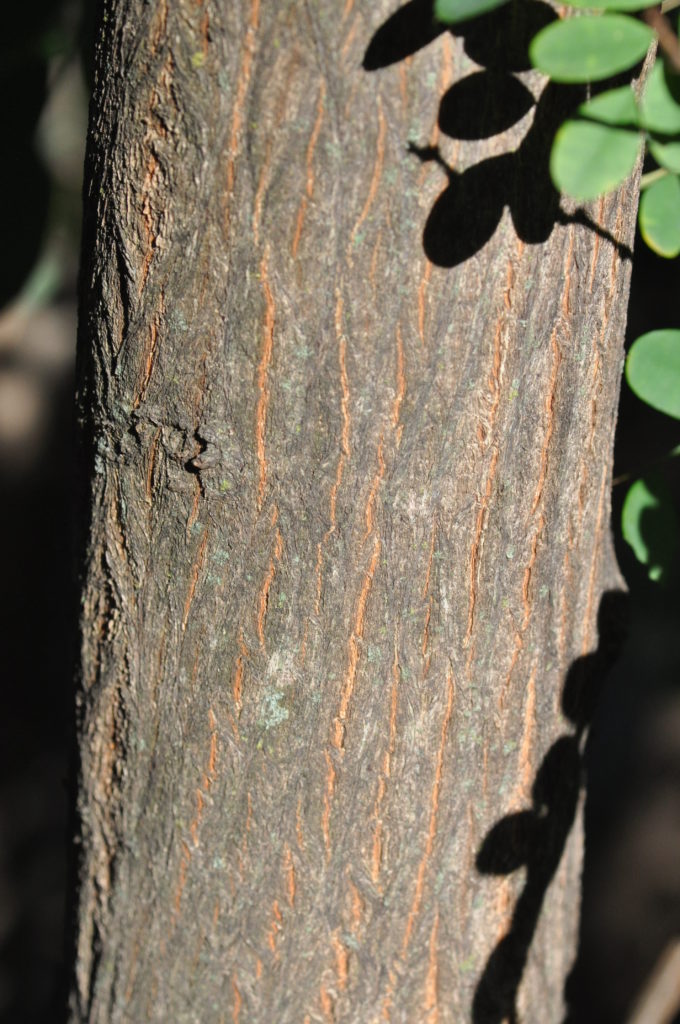
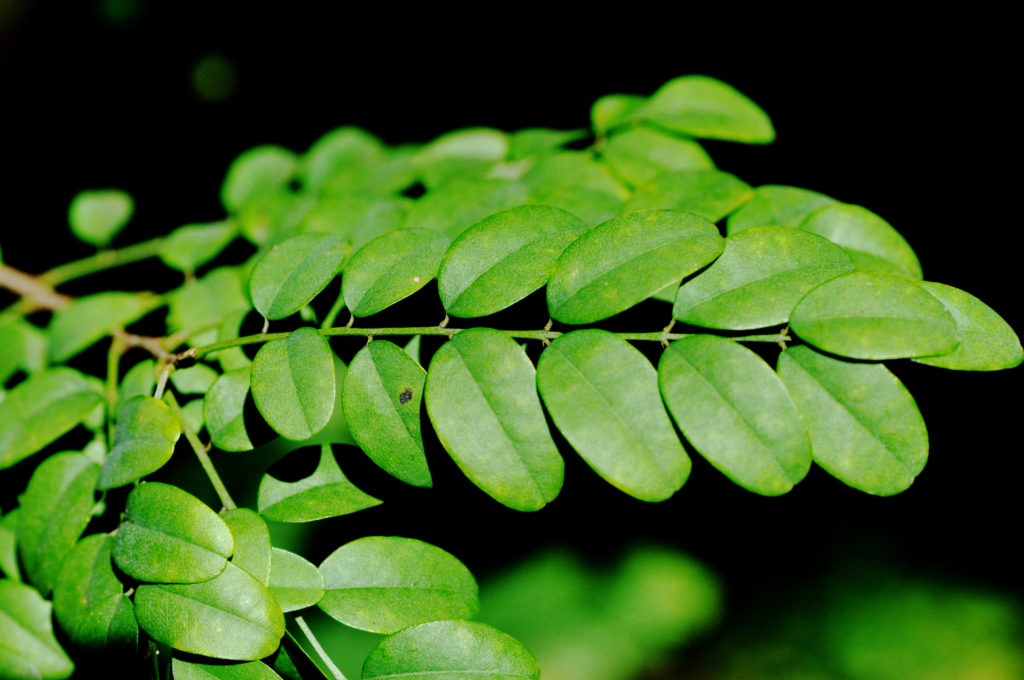
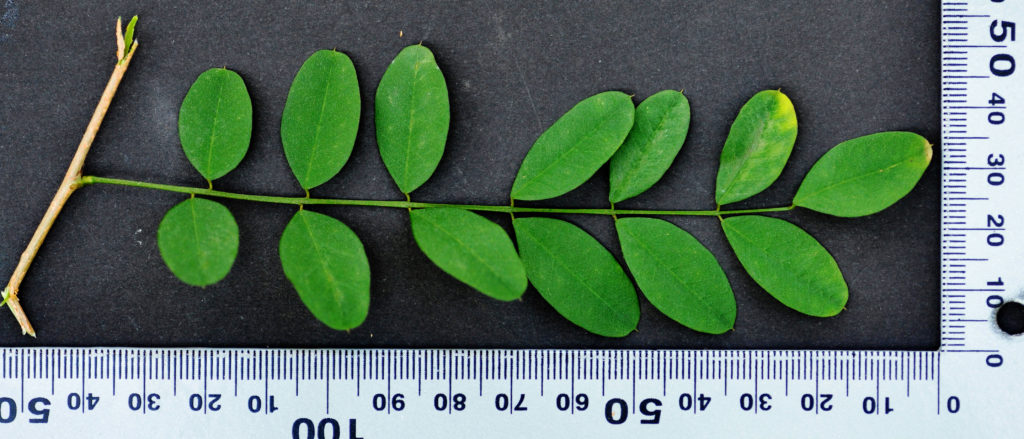
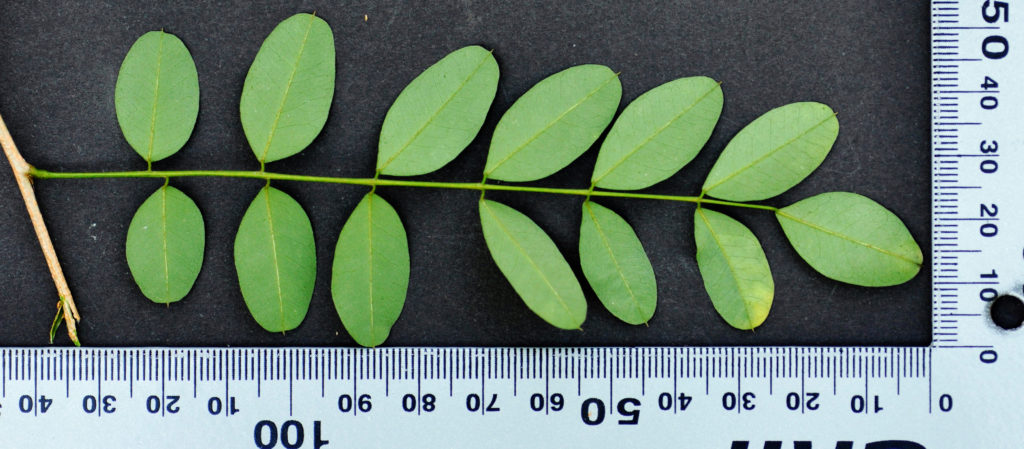
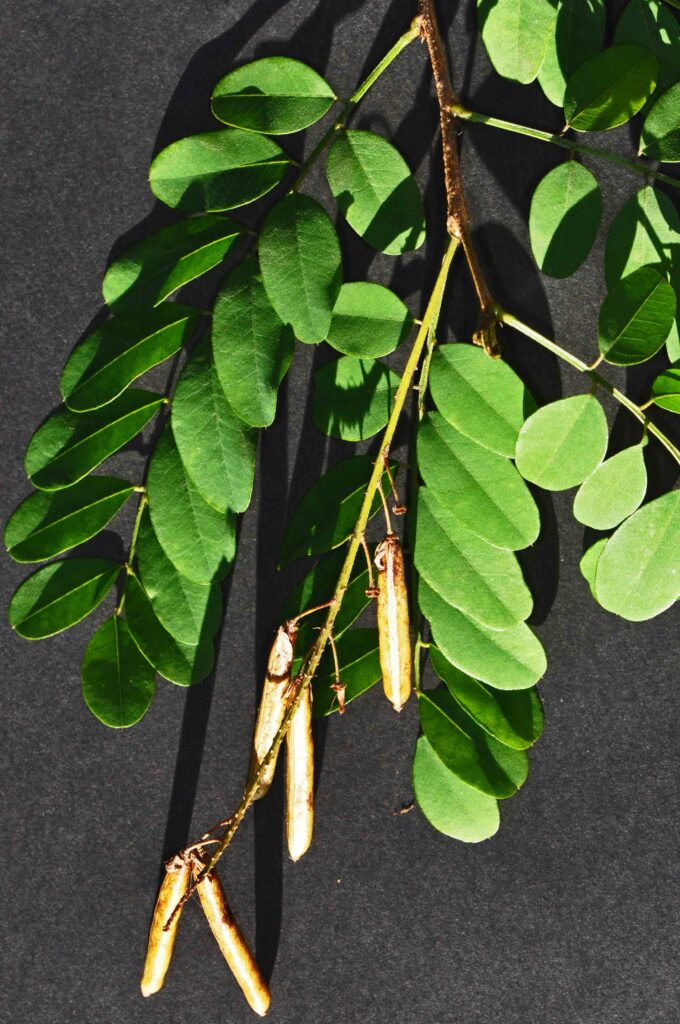
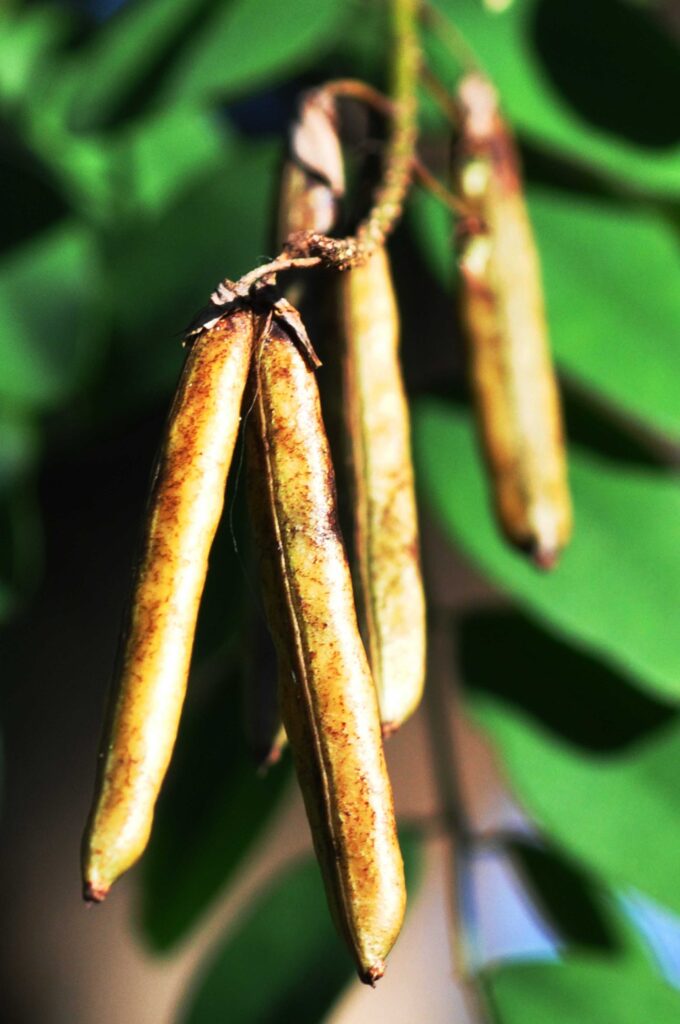
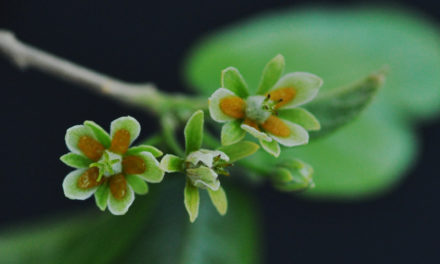
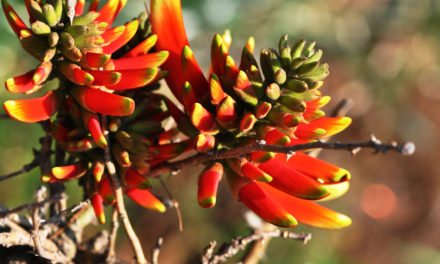
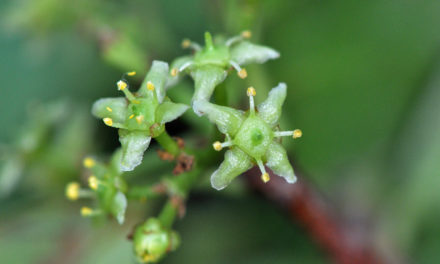
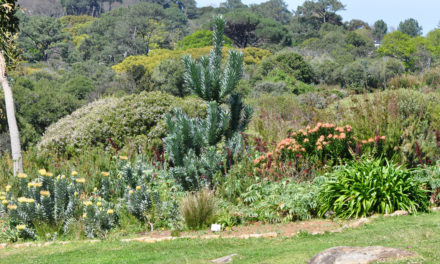
Good afternoon I live in the Western Cape and have planted 4 Indofera Jucunda River Indigo trees in a long planter. They have flowered the first year. At the moment they are quite confined and round. the flowers are pale pink but seem to be fading. As I have never had these trees before, is this the time to shape them and what do I do with the fading flowers.
These trees were recommended by a gardening advisor as we had just moved into a newly built house and were struggling how to fill this long planter.
I would appreciate your advice as I am struggling how to treat them. Many thanks.
sylvia
Hi Sylvia
The best advice I can give you is to visit the Kirstenbosch nursery and ask their advice.
Take care and good luck.
Dave